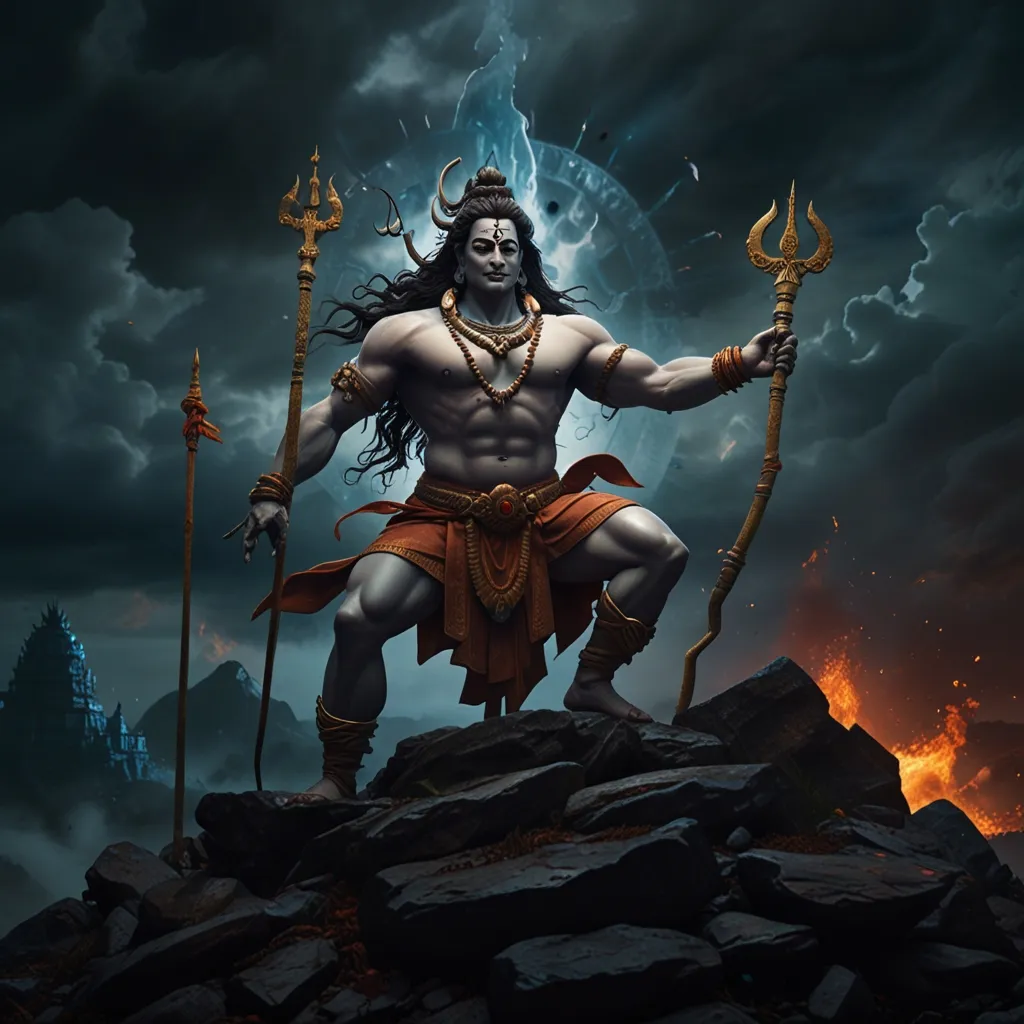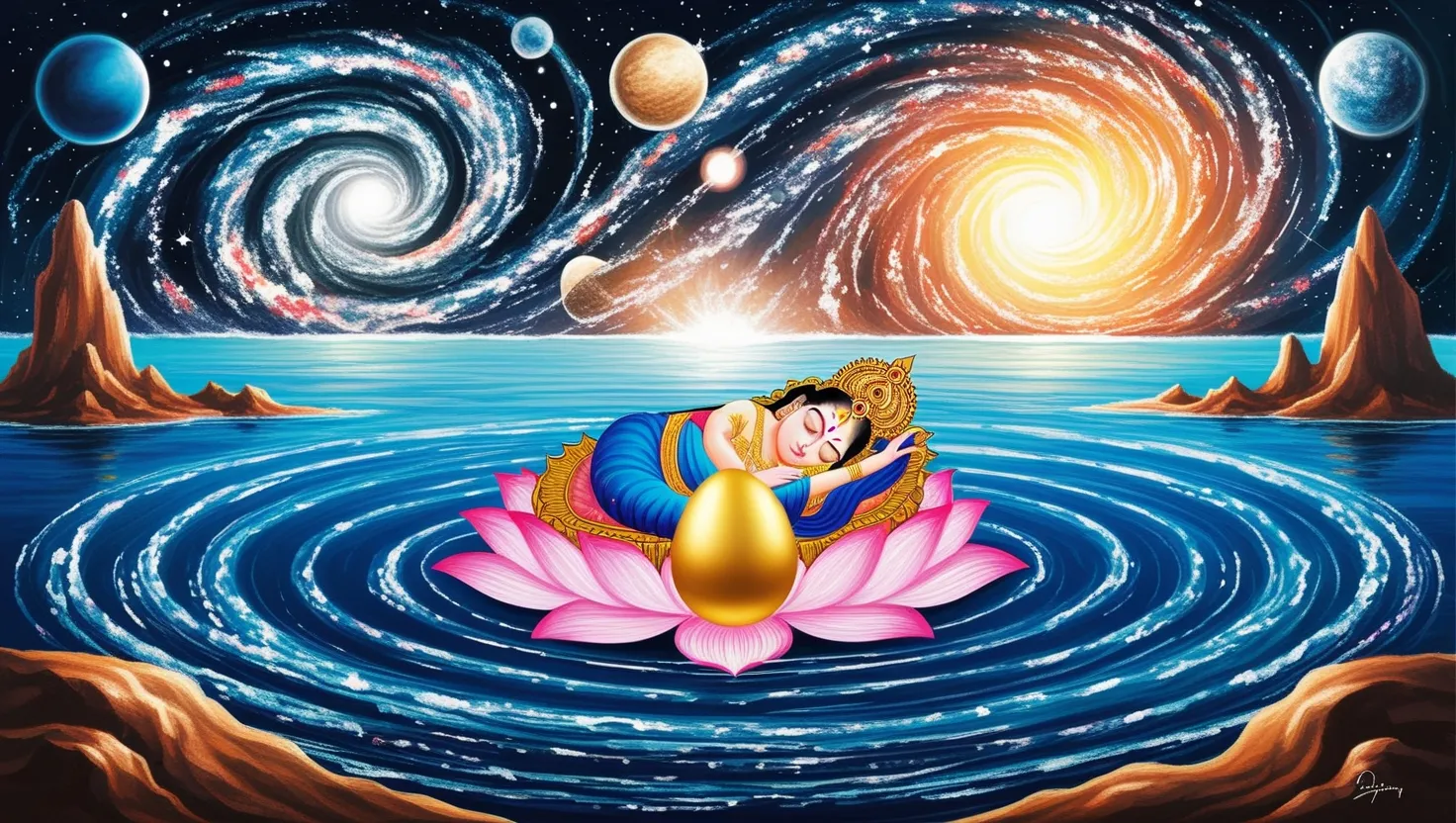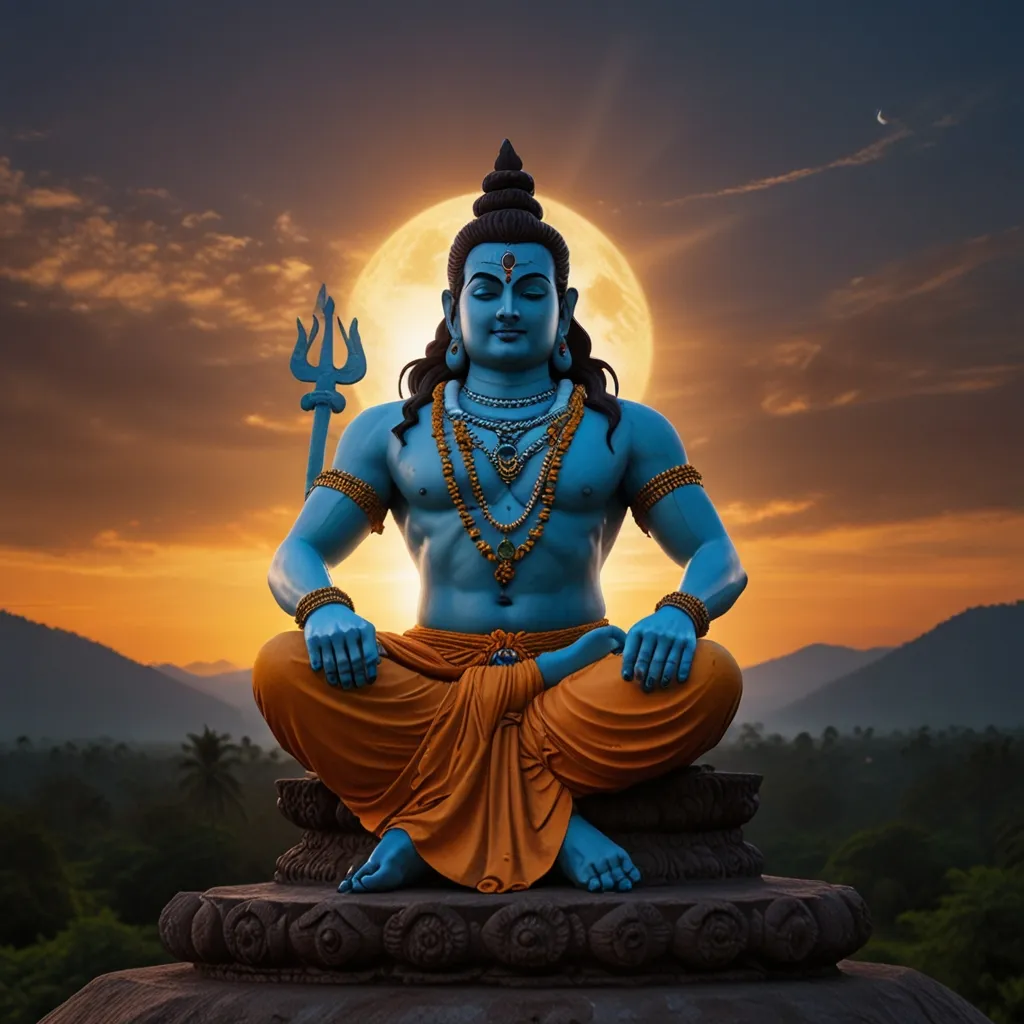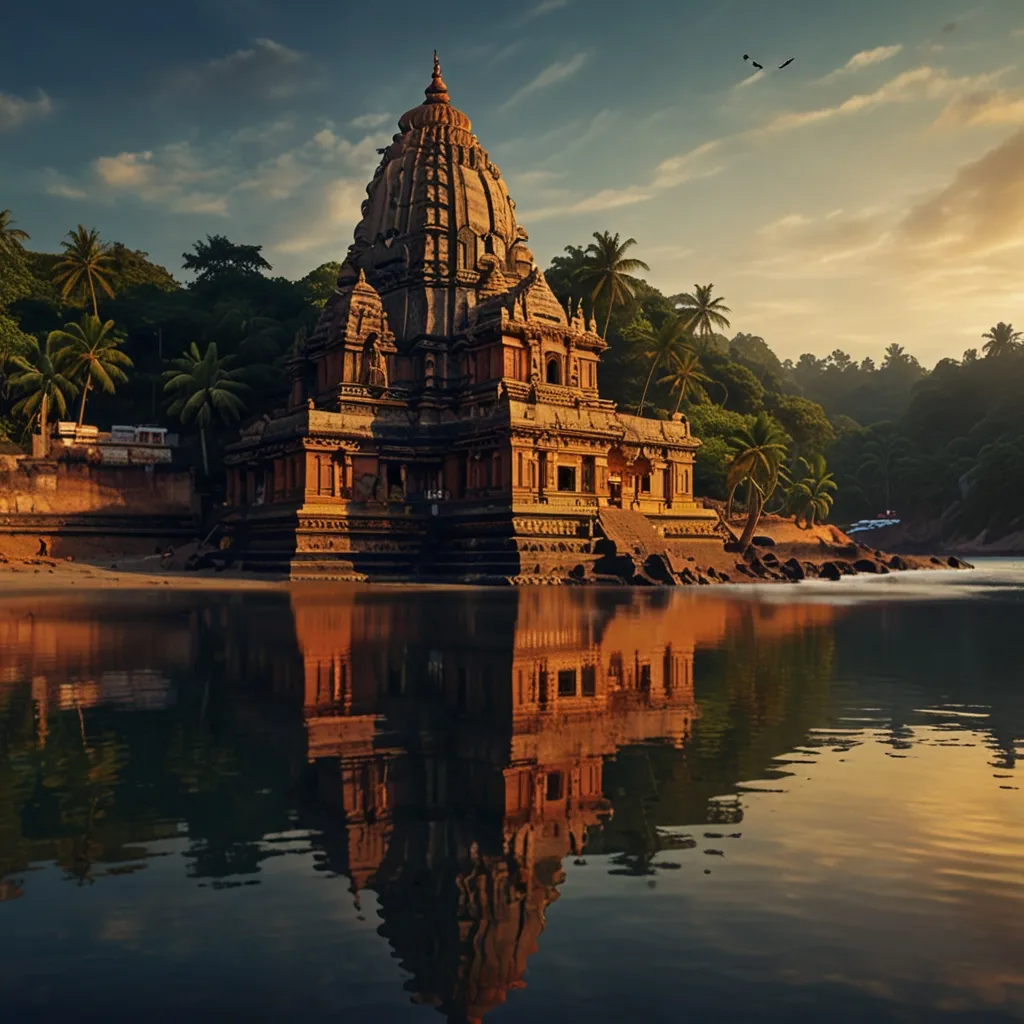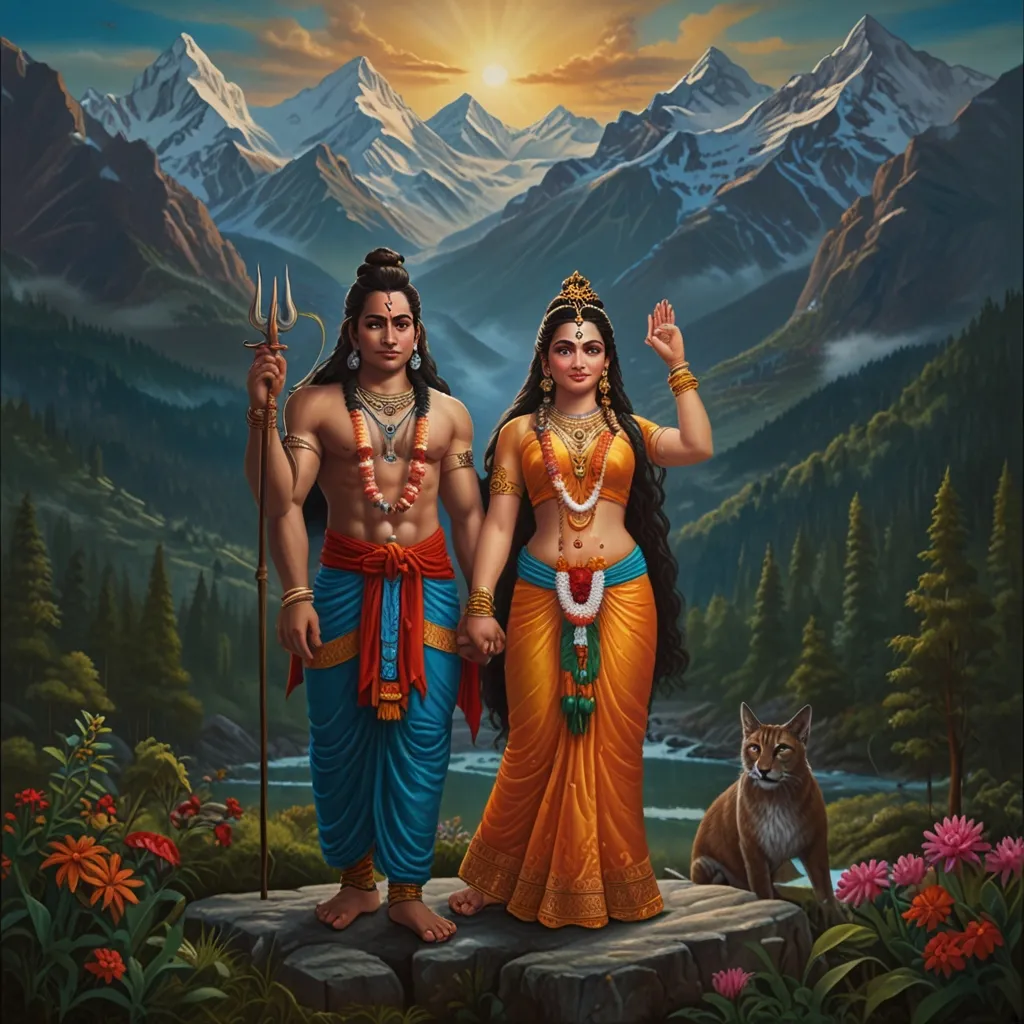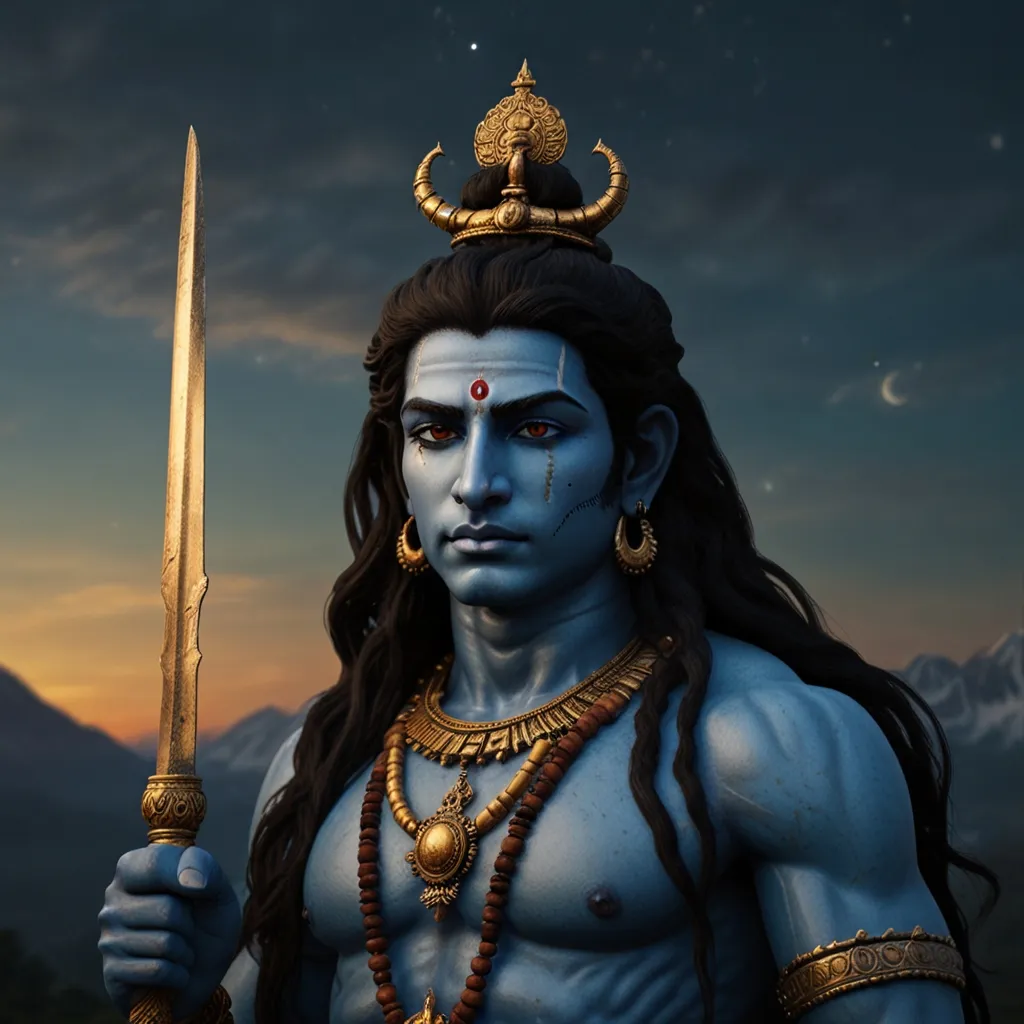In the vibrant world of Hindu mythology, there’s no shortage of unforgettable stories, each brimming with wisdom and life lessons. One such captivating tale is about Andhaka, a demon who once struck fear across the three realms. This epic is closely tied to the legend of Lord Shiva, one of the most revered gods in Hinduism.
Born to the cruel demon king Hiraṇyākṣa, Andhaka faced rejection from his clan because of his blindness. This harsh treatment fueled his hunger for power and recognition. Determined, Andhaka went through a grueling penance, giving up food and water, even maiming himself to win the favor of the creator god, Brahmā.
Impressed by Andhaka’s extreme devotion, Brahmā granted him a boon. Andhaka asked for two things—his vision back and immortality. While Brahmā restored his sight, he couldn’t grant the request for immortality, as it’s against the divine law. But, he added a twist: Andhaka could only be killed if he lusted after a woman who was like a mother to him. Feeling invincible with his new powers, Andhaka set out to conquer the three worlds—earth, heaven, and the underworld.
Back in his kingdom, Andhaka took over the throne and waged wars across the realms. His armies were unmatched, and his reign was brutal and disrespectful to the sacred texts and the priestly class. This spree of domination eventually led him to the sacred Mount Mandara, where many gods and sages lived, including Shiva and his wife Parvati.
When Andhaka’s troops discovered Parvati and reported her beauty to their master, Andhaka, driven by lust, commanded them to bring her to him. Shiva, aware of Andhaka’s intentions, refused to part with his beloved Parvati. This led to an epic battle where Andhaka attacked Shiva with all his might. Yet, Shiva remained composed, knowing well how to exploit Andhaka’s unique mortality condition.
In a masterstroke, Shiva tricked Andhaka into believing Parvati was his mother. Overwhelmed by shame and guilt, Andhaka realized his grave mistake. Seized by the fire from Shiva’s third eye, Andhaka met his end, and his reign of terror was over.
Interestingly, in some versions of the story, Andhaka’s tale doesn’t end with his death. Impressed by Andhaka’s earlier devotion, Shiva, in a moment of divine compassion, forgave him and appointed him as the leader of his Gaṇas (attendants). This act signifies Shiva’s merciful side and his ability to see the goodness in even the most flawed beings.
Andhaka’s story is a powerful reminder about the dangerous consequences of unchecked ambition and the value of humility. It also showcases the transformative power of true devotion and the potential for redemption, no matter how far one has strayed. This timeless tale continues to enchant and teach, remaining a beloved classic in the treasury of Hindu mythology.
